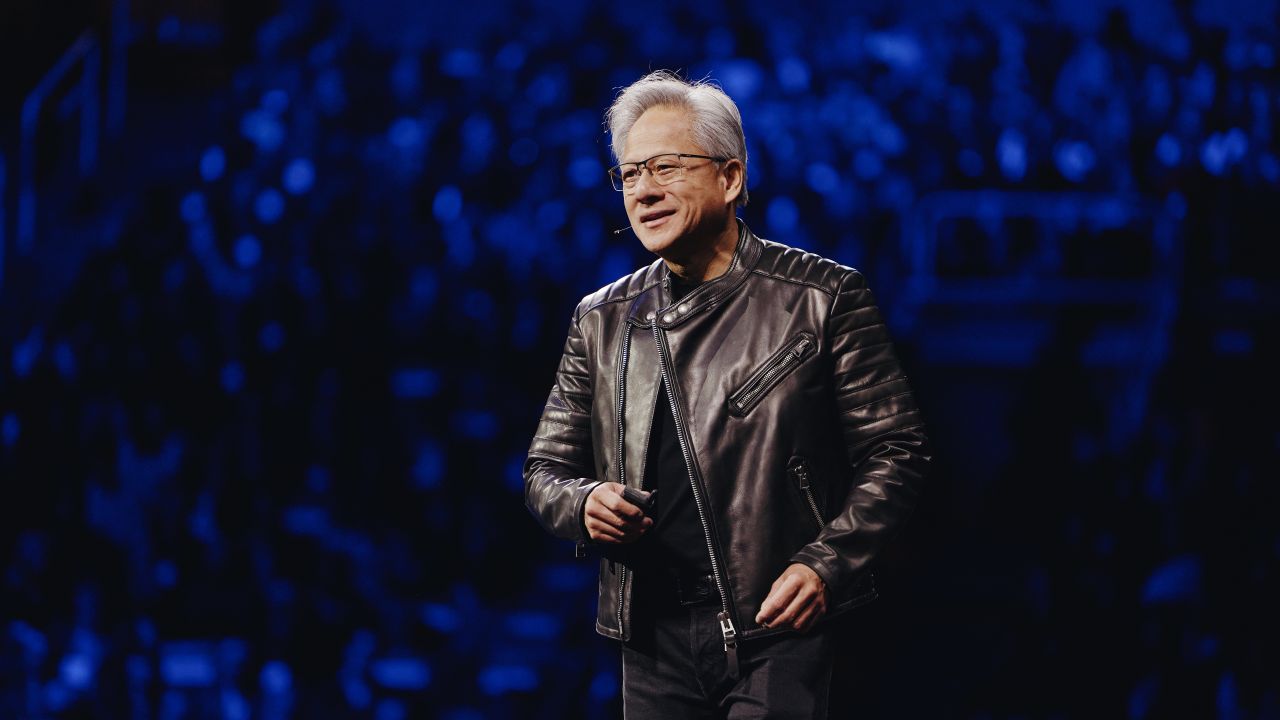
- Nvidia sees AI-driven GPU adoption creating long-term structural computing transformation
- Jensen Huang Rejects AI Bubble Claims, Cites Infrastructure Fundamentals
- The emergence of agent AI will require much greater computing resources globally
Nvidia CEO Jensen Huang has rejected suggestions that the global AI market is currently in an economic bubble, arguing instead that current trends point to fundamental changes in computing infrastructure.
On the company’s recent earnings conference call, Huang outlined a three-pronged rationale that explains why AI is driving long-term investment in new systems rather than speculative hype.
He noted that industries handling data processing, ad recommendations, search systems and engineering are increasingly turning to GPUs because traditional CPU-based infrastructure cannot meet the demands of AI workloads.
New applications and agent AI
Huang’s claims are in stark contrast to those of Pat Gelsinger, former CEO of Intel, who believes the AI sector is in bubble territory, although this could happen gradually rather than suddenly.
Huang emphasized that AI is not only being integrated into existing applications, but will also enable entirely new software capabilities.
He said an “agent AI” is emerging, which can operate with minimal user intervention, reason autonomously and plan complex tasks.
These developments will require substantially greater computing resources, reinforcing the need for high-performance GPUs.
Huang said Nvidia is uniquely positioned to address all three categories of AI adoption, which encompass data-intensive workloads, new applications and autonomous AI operations.
“There’s been a lot of talk about an AI bubble,” Huang said. “From our point of view we see something very different.”
“When considering infrastructure investments, consider these three fundamental dynamics,” Huang said. “Each will contribute to infrastructure growth for years to come.”
Nvidia reported revenue and earnings that beat analysts’ expectations, and its forecasts also beat estimates.
Huang recently projected that AI chip sales could reach $500 billion by 2025 and 2026.
The company noted that its order book does not yet include agreements with organizations such as Anthropic or the expanded agreement with Saudi Arabia.
Chief Financial Officer Colette Kress confirmed that Nvidia remains on track to meet its revenue goals, highlighting strong demand for AI-powered systems.
Investors have expressed concern about reliance on a small number of hyperscalers, but Huang emphasized that Nvidia chips continue to drive revenue for cloud providers through AI-enhanced recommendation engines.
Huang believes the rise of AI will increase traffic on enterprise systems, requiring greater inspection and monitoring capabilities.
Expanding AI tools and data sets are driving this trend, and Nvidia expects infrastructure growth to continue as AI applications grow.
The CEO emphasized that what today looks like high capital spending reflects fundamental changes rather than a speculative investment.
Huang concluded by stating that investors and operators should consider these dynamics when evaluating the AI sector.
Nvidia views AI-powered GPU adoption as a structural transformation in computing, indicating long-term growth potential beyond short-term market fluctuations.
Via CNBC
Follow TechRadar on Google News and add us as a preferred source to receive news, reviews and opinions from our experts in your feeds. Be sure to click the Follow button!
And of course you can also follow TechRadar on TikTok for news, reviews, unboxings in video form and receive regular updates from us on WhatsApp also.



